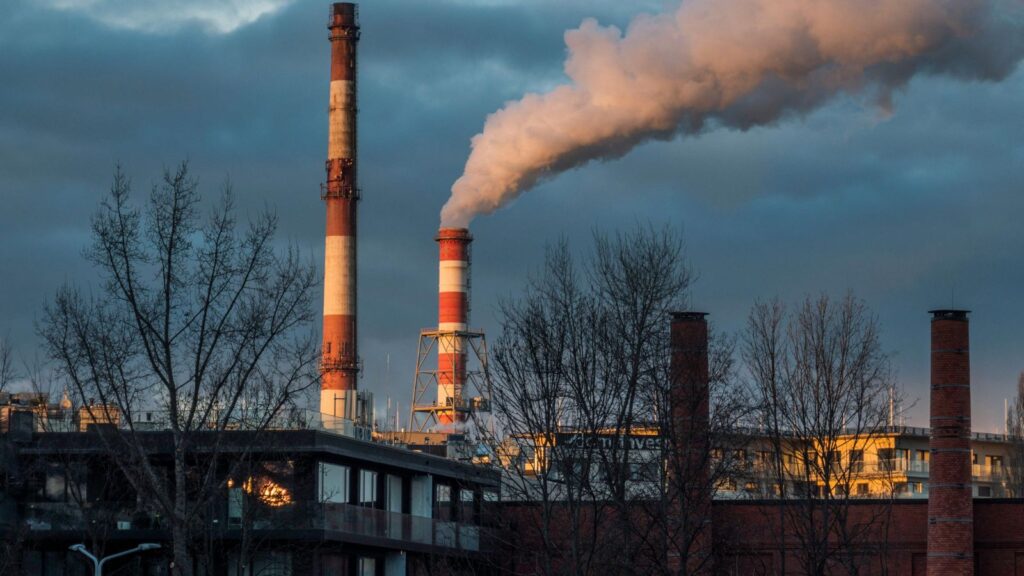Statement by Aliénor Rougeot, Program Manager, Climate and Energy
Toronto | Traditional territories of the Mississaugas of the Credit, the Anishinaabeg, the Haudenosaunee, and the Wendat – Alberta’s newly announced Oil Sands Mine Water Steering Committee is just another attempt to delay action and distract from the daily harm caused by toxic tailings in the tar sands. The Alberta government has allowed 1.4 trillion litres of toxic industrial waste to accumulate for over five decades, but now wants us to believe a steering committee with no decision-making power can resolve the issue. This is too little, too late.
The scale and urgency of the toxic tailings problem require immediate action. Environmental protection laws must be enforced in response to incidents like last year’s major spill and leak from Imperial Oil’s Kearl mine. The company has still not been charged for releasing millions of litres of toxic waste into the environment and keeping it a secret from impacted communities for over nine months.
Any credible solution to the toxic tailings problem starts with replacing the Alberta Energy Regulator (AER) with an effective and fair regulator that works in the public interest, not for the industry it is intended to regulate. The AER has rubber-stamped the industry’s tailings clean-up plans for decades, despite these relying on unproven or dangerous technologies. Since 2014, the AER has only collected 71 cents from oil sands companies to pay for cleanup.
Alberta must also stop allowing the toxic tailings problem to grow by approving mine expansions, such as the Fort Hills Oil Sands Project. Until there is a solution and clean up underway, there must be a moratorium on tailings production.
The Alberta government must be cautious not to overreach its jurisdiction. Any decision regarding reclamation directly affects the Treaty and the inherent rights of affected Indigenous nations, and they must be at the decision-making table. The Federal government and the government of the Northwest Territories also have authority over parts of the issue, due to the impacts of reclamation on matters covered by the Fisheries Act, the Canadian Environmental Protection Act and the Alberta-NWT Transboundary Water Agreement.
Background:
- Toxic tailings ponds now cover an area of over 300 sq km, equivalent to 2.6 times the size of the city of Vancouver.
- Less than 0.1 per cent of the oil sands have received a formal reclamation certificate from the provincial regulator (AER). No tailings pond has received a certification that the area has been returned to its pre-disturbed state. Read our tailings facts sheet here.
- In May 2022, Imperial Oil workers discovered tailings fluid leaking offsite from the company’s Kearl oil sands mine onto nearby land. Internal reports reveal that seepage from this tailings pond has been ongoing since 2020.
- Imperial Oil reported the leak to the Alberta Energy Regulator (AER) and met with the provincial regulator, but the general public and nearby Indigenous communities were not informed about the extent and seriousness of the leak for over nine months.
- Numerous working groups meant to address pollution from the tar sands have been set up and failed because their recommendations were ignored, their budgets were cut, or key stakeholders were excluded. This includes the Joint Oil Sands Monitoring Program (JOSM) set up in 2012 and the Oil Sands Advisory Group (OSAG) set up in 2016.
ABOUT ENVIRONMENTAL DEFENCE (environmentaldefence.ca): Environmental Defence is a leading Canadian environmental advocacy organization that works with government, industry and individuals to defend clean water, a safe climate and healthy communities.
– 30 –
For more information or to request an interview, please contact:
Allen Braude, Environmental Defence, media@environmentaldefence.ca







